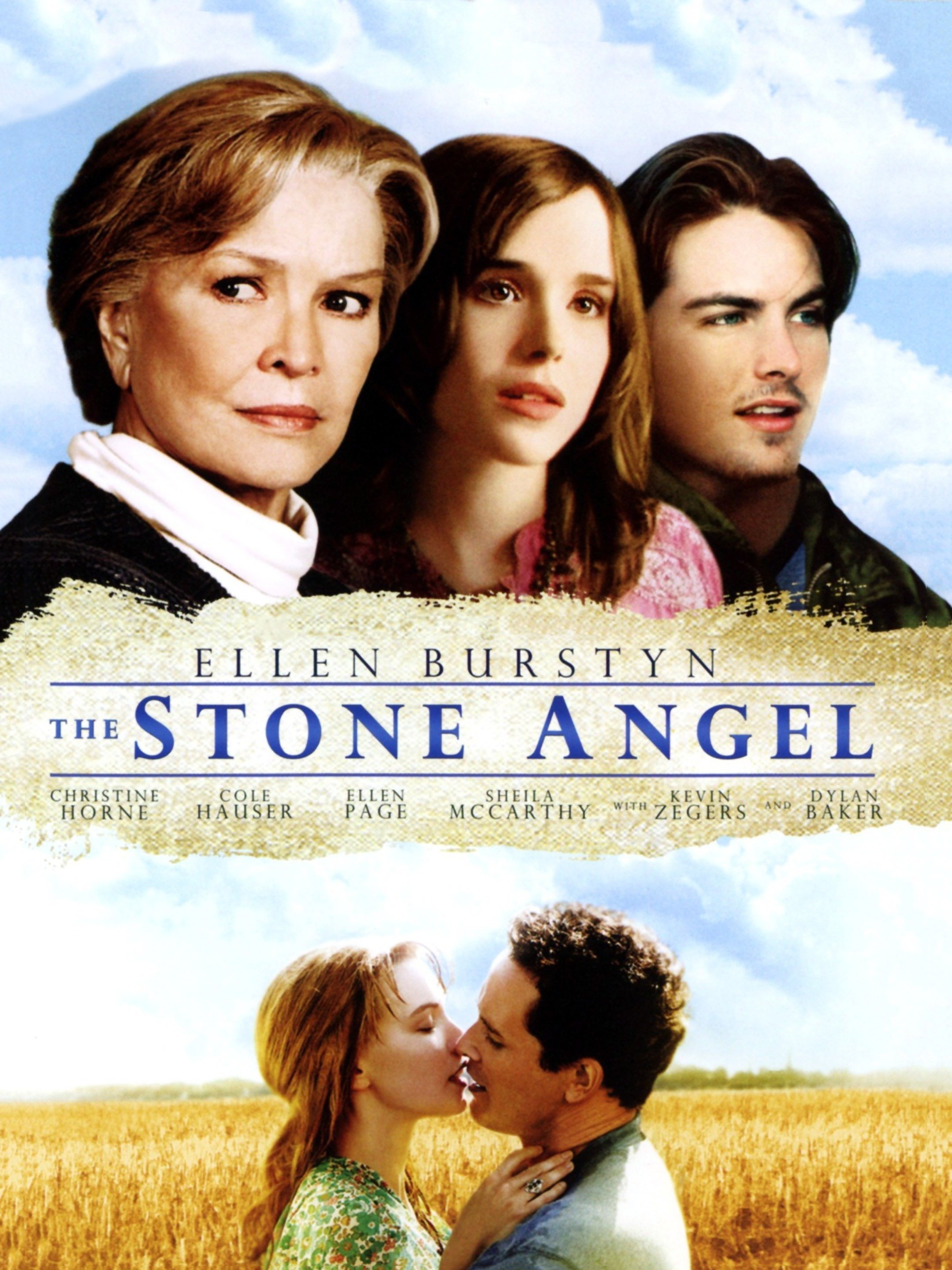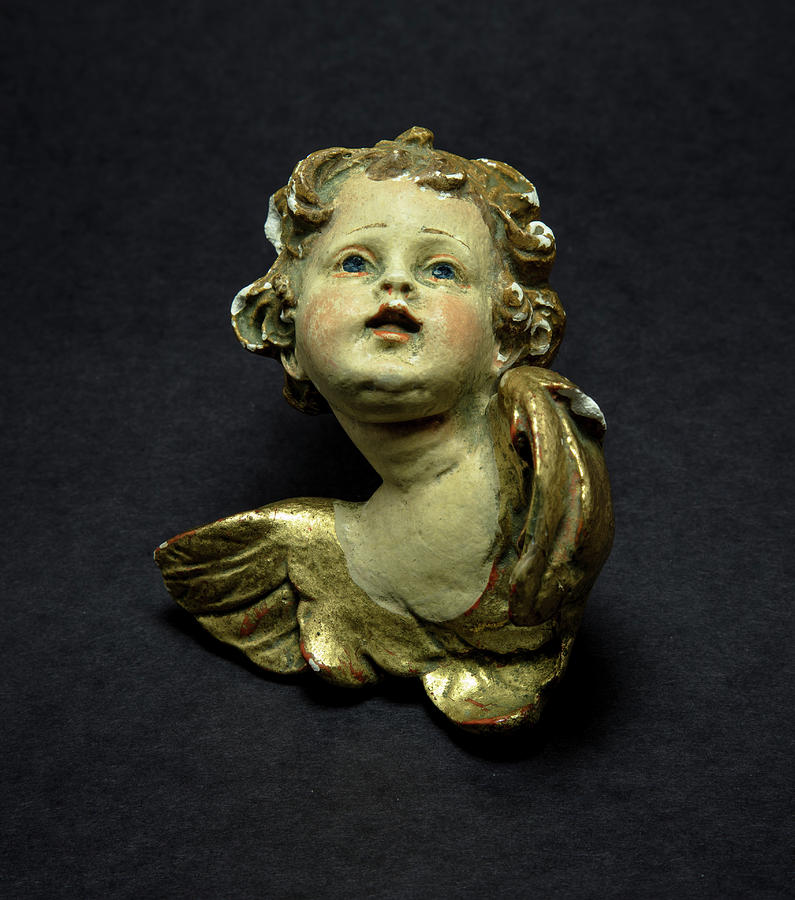

"Divining Margaret Laurence: A Study of Her Complete Writings." Google Books. " Studies in Canadian Literature / Études en littérature canadienne. "MARGARET LAURENCE, CARL JUNG AND THE MANAWAKA WOMEN.

"Technologies of Identity: The Language of the Incontinent Body in Margaret Laurence’s The Stone Angel." Studies in Canadian Literature / Études en littérature canadienne. "Margaret Laurence." The Canadian Encyclopedia. "How Margaret Laurence’s The Stone Angel got its title." Globe and Mail. Embodied Shame : Uncovering Female Shame in Contemporary Women's Writings, State University of New York Press, 2009. “Hagar’s Hymns: Echo and Allusion in Margaret Laurence’s The Stone Angel.” American Review of Canadian Studies 41 (2): 165–76. "ECHOES AND REFRAINS IN THE CANADIAN NOVELS OF MARGARET LAURENCE." The Centennial Review 16, no. ""A TOWN OF THE MIND": MARGARET LAURENCE'S MYTHICAL MICROCOSM OF MANAWAKA." Great Plains Quarterly 19, no. "THE NOVELS OF MARGARET LAURENCE." Studies in the Novel 4, no.

"Antimacassared in the Wilderness: Art and Nature in "The Stone Angel"." Mosaic: A Journal for the Interdisciplinary Study of Literature 11, no. Chicago: The University of Chicago Press, 1993.Ĭooley, Dennis. Updated and revised by Aaron Suduiko February 16, 2019. The Stone Angel in particular has continued to win respect for its structure, in which present and past are interlinked, its language, which captures the forms of Canadian speech of the period, and the universality of its theme, which at its broadest is one character's search for self-understanding and redemption.Kristen Osborne-Bartucca, author of ClassicNote. Critics regard the series as one of the finest achievements in contemporary Canadian fiction. Laurence went on to write four more books set in the same region, and these, together with The Stone Angel, are collectively known as the Manawaka series. The Stone Angel is also a realistic portrayal of life in the prairie towns of western Canada from the late nineteenth century to the Depression of the 1930s and beyond. The novel suggests there is hope that even those most set in their ways can find the inspiration to change for the better, and that change, even at the last stage of life, is never wasted. Laurence also movingly depicts the sudden dawning of realization in Hagar's mind of where she has gone wrong in life, and what has been the cause of her unhappiness. In ninety-year-old Hagar Shipley, the restless, crotchety, and proud protagonist, Laurence creates a memorable character who reveals what it is like to be very old, physically frail, dependent on others, and tormented by memories of the past.


 0 kommentar(er)
0 kommentar(er)
